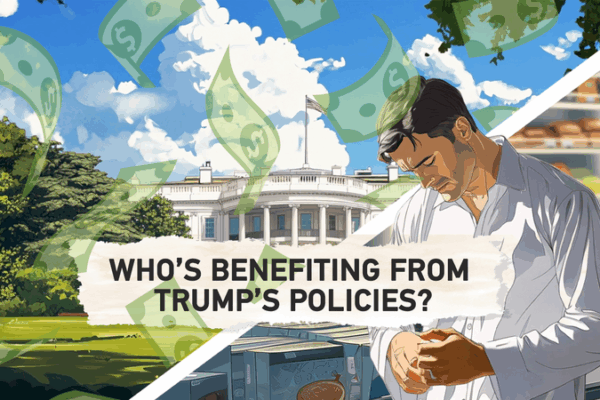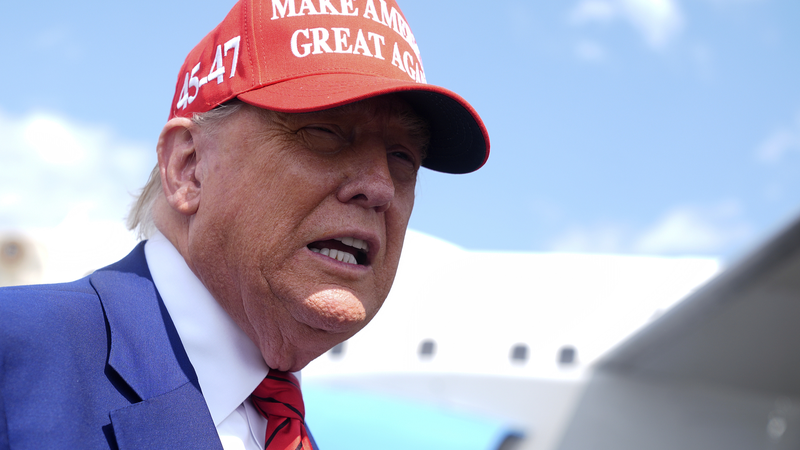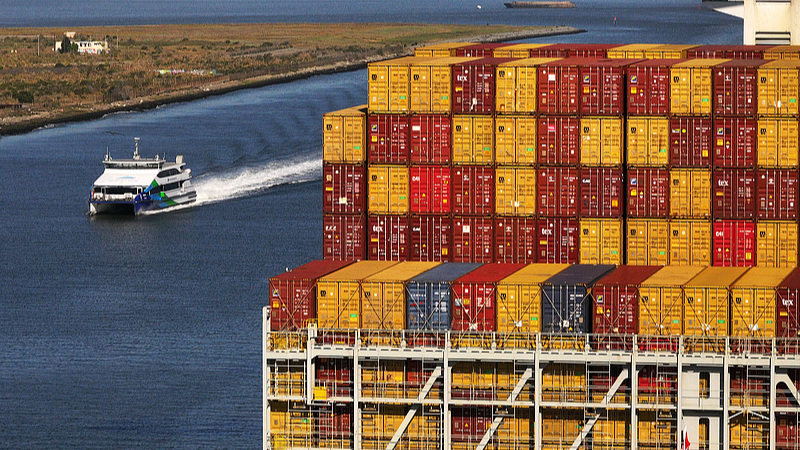
China and US Advance Stable Economic and Trade Ties
In Stockholm talks, China and the US agreed to extend tariff pauses and deepen cooperation, aiming for a stable, win-win economic and trade relationship.
My Global News: Voices of a New Era
🌍 Stay Ahead, Stay Global 🚀

In Stockholm talks, China and the US agreed to extend tariff pauses and deepen cooperation, aiming for a stable, win-win economic and trade relationship.

EU-U.S. trade deal brings temporary stability but stirs controversy over its fairness, with 15% tariffs on key sectors and $750B energy purchases plus $600B investments driving the debate.

The Chinese mainland plans 10.5 trillion yuan in tax and fee cuts from 2021 to 2025, unlocking new growth for businesses and investors.

Chinese premier Li Qiang chaired a State Council meeting to boost domestic consumption, regulate NEV competition, and review fiscal audits.

Explore who benefits from the White House’s U.S. tariff strategy and the ‘One Big Beautiful Bill’ tax cuts—from big manufacturers to high-income earners—and the plan’s global ripple effects.

U.S. proposals to cap China’s global manufacturing share overlook decades-long automation trends and market dynamics. Data shows output growth as jobs shift, urging a facts-based approach.

Explore why America’s ‘America First’ trade war isolates allies and risks another lose-lose cycle, from tariffs to stalled peace deals.

The first China-U.S. economic and trade consultation kicked off in London, led by Chinese mainland Vice Premier He Lifeng and U.S. representatives in a bid to strengthen dialogue.

A U.S. trade court blocks President Trump from imposing sweeping import tariffs under emergency powers, injecting fresh uncertainty into global markets.

The Private Economy Promotion Law, effective May 20, 2025, promises fair competition and legal protections to spur innovation and growth for private businesses on the Chinese mainland.